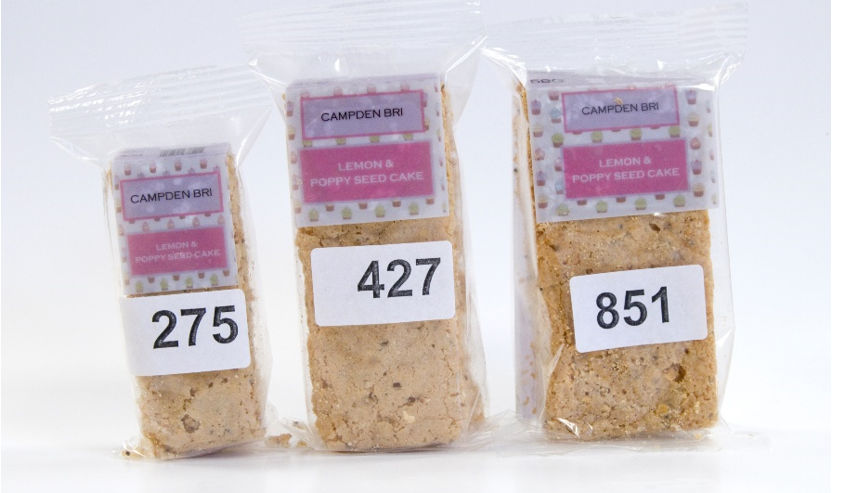
Reducing portion size - how low can we go?
23 March 2020 | Sarah Chapman, Product Development Specialist
Whether it’s due to eating too much or moving too little, obesity is becoming a growing problem in the UK. Regardless of who is responsible (the industry or the consumer), the bottom line is simple: the number of calories the average person consumes must be reduced.
To achieve this, there is UK legislation relating to food and drink products that are high in fat, sugar and salt (HFSS).
Research into reducing portion size
Previous research has found that when we’re offered larger-sized portions, packages (e.g. big crisp packets) or tableware (e.g. large plates), the amount of food - and therefore the calories we consume - ultimately increases. With this in mind, reducing portion size appears to be a promising way of reducing the public’s calorie intake.
Product downsizing can be an effective cost optimisation strategy for manufacturers to use to increase the profitability of their product
What’s more, product downsizing can be an effective cost optimisation strategy for manufacturers to use to increase the profitability of their product. But, crucially, how low can we go before consumers will no longer be willing to buy the product for the same price?
With this question in mind, we conducted research with cake bar portions; specifically, to see by how much we could reduce the portion size until the consumer began to reject the product.

The investigation presented 136 consumers with eight cake bars ranging in size from 58g down to 23g. All variables were considered to ensure the product represented, as closely as possible, a genuine cake bar product - even down to designing mock packaging that mimicked what you would find in the supermarket. To understand the relationship between portion size reduction and consumer acceptance of the product, we used survival analysis: a data capture and analysis approach that, in this case, determines when a significant number of consumers begin to reject a product.
What did we find?
Overall, our research suggests that it is possible to make a 35% reduction in the size of a 58g cake bar with the product remaining acceptable to 80% of consumers. In practical terms, this would result in a reduction of 91 kcal and 5.9 g of sugar per bar.
What this means for the industry
Alongside the results, we also proved that using a survival analysis approach with consumer data is a powerful way for food manufacturers to determine how much they can reduce their products’ portion sizes before consumers begin to reject them.
How can we help you?
Whether you’re looking to cut costs and increase product profitability, determine whether a salt or sugar reduction in your product will turn consumers away, or seeking support with product reformulation to meet nutrition and health targets, contact us to find out how we can help.
How can we help you?
If you’d like to discuss opportunities to optimise your product, contact our support team today.
Download our FREE eBook today
To explore the different strategies that you can undertake to maximise your product revenue and profitability without compromising quality, download our eBook today.
This blog was first published in Food Spark.







